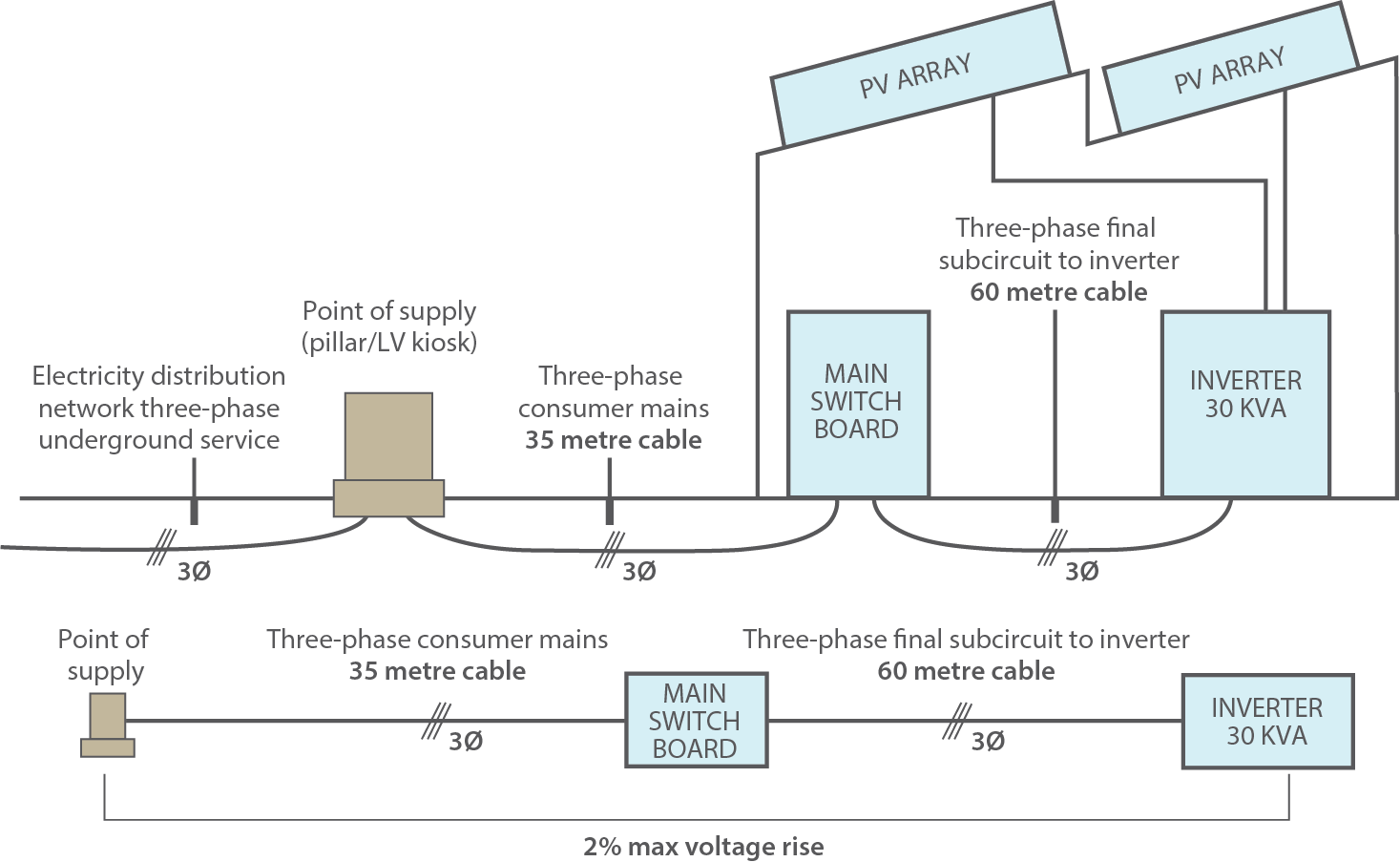As installed system capacity continues to increase in the Australian PV market, it is valuable for system designers and installers to understand the mechanisms behind moulded case circuit breakers, and the meaning behind their ratings. A moulded case circuit breaker (MCCB) is a type of electrical protection device that is used to protect the electrical […]
Tag: storage
Hacking the Battery Management System
First and foremost, it must be stated that GSES is very optimistic about the capability of new energy storage technology. GSES is confident that those that are involved in transition of the electricity grid are moving quickly to make new technology better, cheaper, safer and more secure. That said, a topic which has not been […]
The Pacific Perspective – The Energy Tri-lemma, Battery Storage in American Samoa and New Zealand Case Studies.
Last week Samoa held the Pacific Power Associations (PPA) 26th Annual conference in Samoa. As an allied member of the PPA and a Pacific training organisation, GSES attended the week-long conference. The Island Nations in the Pacific rely predominantly on diesel generators in large or micro-grid configurations for power supply. These Nations have turned to […]
Inverter Power Factor Modes: How do they affect voltage rise calculations?
As Australia continues to see the trend to increase system capacity to medium or large scale Grid-connected PV system, it becomes valuable for Inverter Energy Systems (IES) to have ways to support the power quality of the grid. The most recent revision of the Australian Standard AS/NZS 4777.2: Grid connection of energy systems via inverters […]
Pumped hydro storage in Australia- can a liquid battery compete?
In the past months, there have been many discussions centered around pumped hydro storage schemes. Most notably of which is the current government announcement to expand the iconic Snowy Hydro system as well as South Australia’s investigation into pumped hydro from Spencer Gulf. It is well-known that some renewable energy systems are intermittent and their […]
Industry wide Improvement in Ingress Protection Safety Thanks to CEC Guidelines
Under the Renewable Energy Target (RET) requirements, solar photovoltaic (PV) power systems must be installed to relevant Australian standards and Clean Energy Council (CEC) guidelines in order to receive Small-scale Technology Certificates (STCs). To monitor this, the Clean Energy Regulator’s RET inspection program has been running since 2010 and the CEC review the outcomes of […]
The Blockchain Buzz
Over the past several months, there has been an increase in the amount of reference to Blockchain technology and what it can do for the renewable energy sector. Much has been written about this technology such as this article and this article. A number of global companies have even started to trial blockchain based energy […]
Building Integrated Photovoltaics: What is the potential for this PV technology?
Building Integrated Photovoltaics (BIPV), as the name suggests, describe a PV system where solar PV modules are integrated within a building’s envelope, as oppose to conventional PV systems where modules are mounted on the top of existing roofs. BIPV products have been commercially available since the 1990s in Europe, but have not played a major […]
Connection of Inverter Energy Systems to the Grid: New requirements surround residual current devices
The industry has seen rapid uptake of solar PV and energy storage systems connected to multiple mode, or ‘hybrid’, inverters and battery systems over recent months. This has prompted many questions from installers and designers regarding the connection of inverter energy systems to existing electrical installations. While many common questions regarding connecting IES systems can […]
Battery Storage Systems: What are their chemical hazards?
While consumer interest in battery storage systems continues, an issue often overlooked when discussing the pros and cons of battery storage systems is the chemical hazards associated with the battery technology and ways of managing these hazards. An array of battery chemistries is available on the commercial market, and the range of products continues to […]










